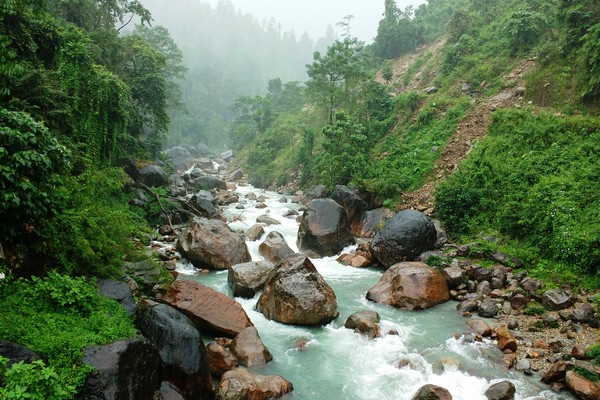
DOOARS
The Dooars or Duars are the foothills of the eastern Himalayas in North-East India around Bhutan. Duar means 'door' and the region forms the gateway to Bhutan from India. There are 18 passages or gateways through which the Bhutanese people can communicate with the people living in the plains. This region is divided by the Sankosh River into the Eastern and the Western Dooars. The Western Dooars is known as the Bengal Dooars and the Eastern Dooars as the Assam Dooars. Dooars is synonymous with the term Terai used in Nepal and northern India and form the only nitrate rich plain in India.
The Dooars region politically constitutes the plains of Darjeeling Himalayas, the whole of Jalpaiguri district and Alipurduar district. The altitude of Dooars area ranges from 90 to 1,750 m. Innumerable streams and rivers flow through these fertile plains from the mountains of Bhutan. The major river is the Teesta besides many others like the Jaldhaka, Murti, Torsa, Sankosh, Dyna, Karatoya, Raidak, and Kaljani rivers, among others. Monsoon generally starts from the middle of May and continues till the end of September. Winters are cold with foggy mornings and nights. Summer is mild and constitutes a very short period of the year. Dooars is the ideal place in Bengal for monsoon travelling.
The economy of Dooars is based on three "T"s - Tea, Tourism and Timber. The main industry of the Dooars region is the tea industry. Thousands of people are engaged in the tea estates and factories. Several people are also engaged in the cultivation of betel nuts which contributes to the economy. Cultivation of other crops is done mainly for local consumption.
The area is dotted by several national parks and wildlife sanctuaries which attract a lot of tourists from all over India and abroad, making it an important contributor to the economy and also employer of a number of people. The timber industry, flourishes in this region. A number of saw mills, plywood industries and other allied business also act as an important contributor to the economy.
Dooars act as a doorway to Bhutan; thus, export-import industry also flourishes in the area. The towns of Jaigaon, Siliguri and Phuntsholing are important hubs of the export-import industry.
Jayanti River
Jayanti is a small forest village within Buxa Tiger Reserve in Alipurduar district of West Bengal, India. It is located along the Jayanti River, forming a natural border with the Bhutan hills. It is popular with hikers for its beautiful views of the surrounding landscape and wild fountains.
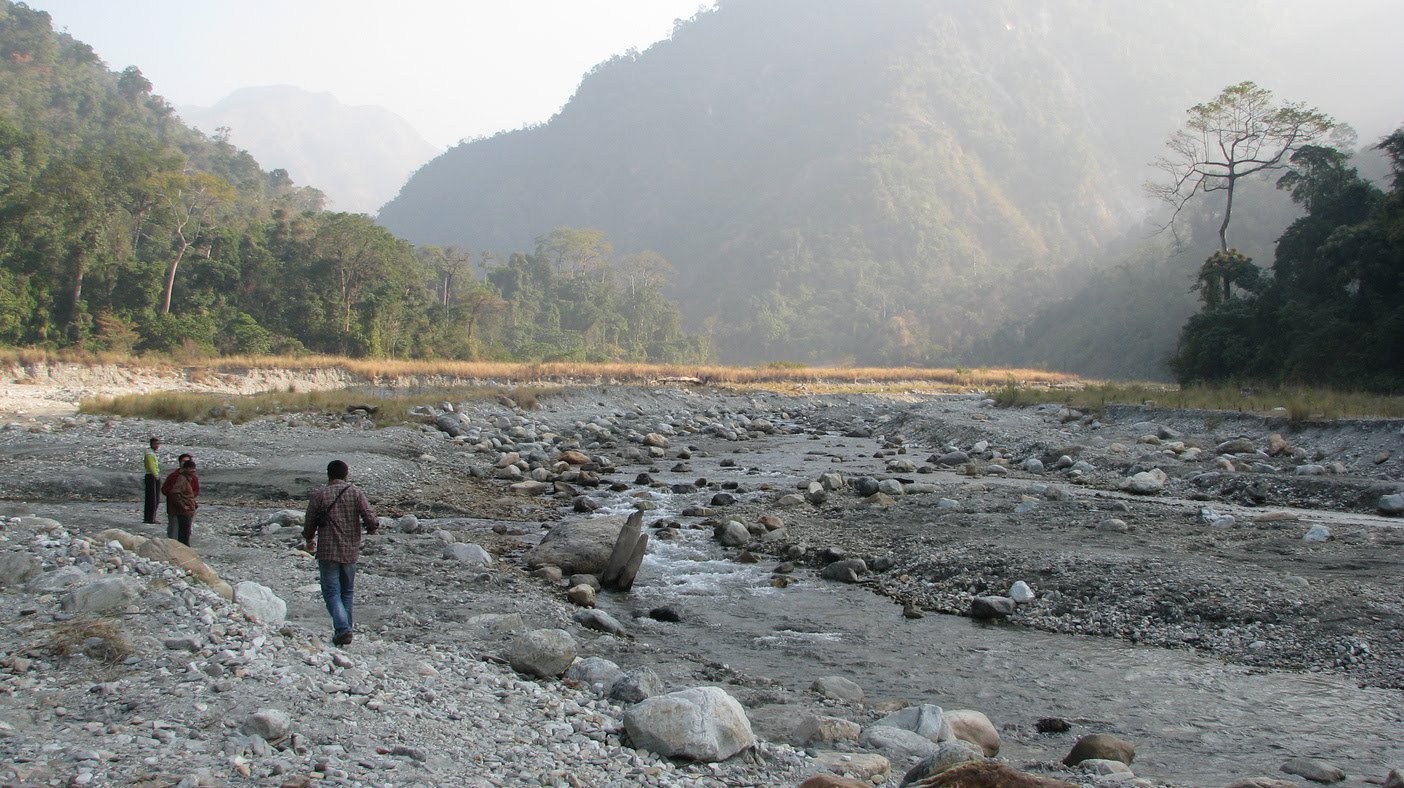
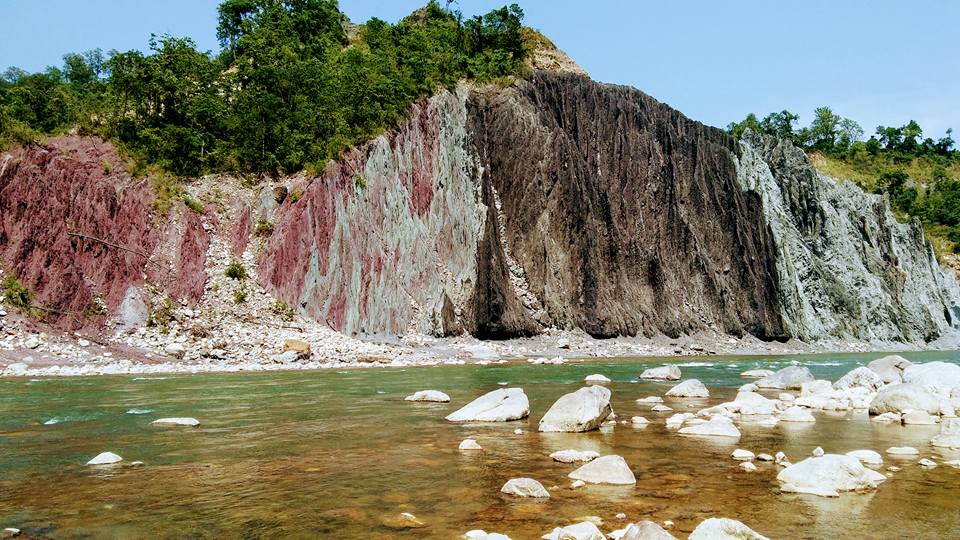
Bhutanghat
Bhutanghat is situated nearly 45 km from Alipurduar and 218 km from Siliguri in West Bengal, India. It is approachable from Siliguri, Alipurduar and Cooch Behar by railway and roadways. Known for its scenic beauty it is ideal for leisure holiday and angling. Strategically located near the border with Bhutan the region is blessed by the scenic beauty and the swift flowing River Raidak. There is a beautiful forest bungalow built in 1904 close to the River bank and is best to stay is during monsoon or just after the rains. It is located in a mountainous terrain, flanked by hills covered with luxurious green forests. It also serves as the elephant corridor and is an attractive destination for wildlife lovers. It is only an extension of or is a part of the Buxar Tiger Reserve. West Bengal Forest Development Corporation has resort but with basic facilities only. Winters are cold with foggy mornings and nights. Summer is mild and constitutes of a very short period of the year; hence the climate is always conducive to tourism. Endangered species of animals like tiger, rhinoceros, elephant, make their habitats in the forests other animals include different types of deer, bison, birds and reptiles. Bhutan Ghat is well connected by roads and to rest of India and national highway number 31 is the main highway of the area.
Suntalekhola
A hidden gem beside a small stream called Suntalekhola or stream of Orange. Peaceful and secluded place in the lap of nature.
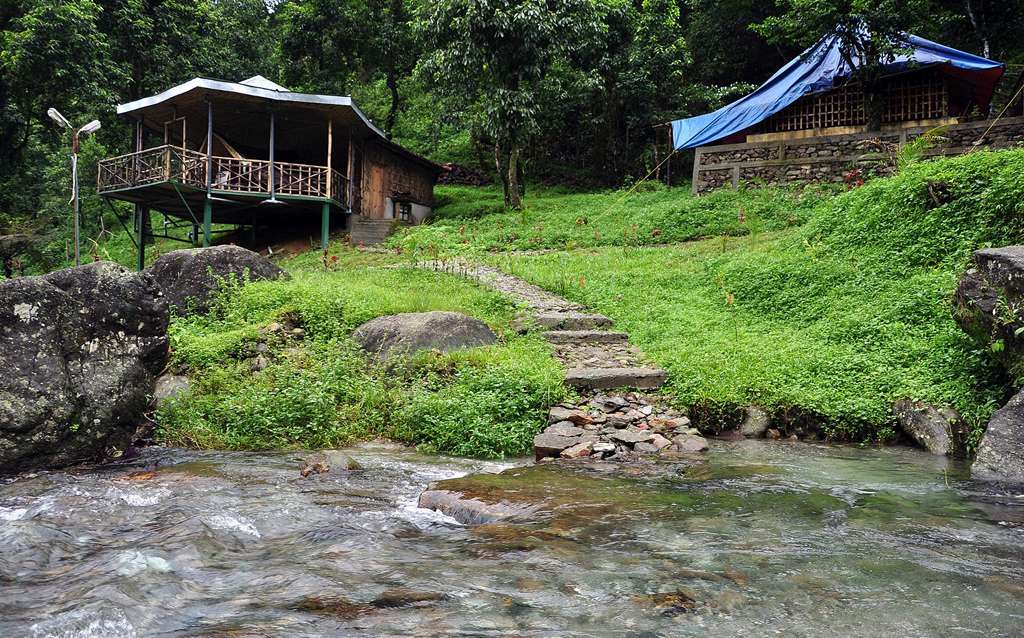
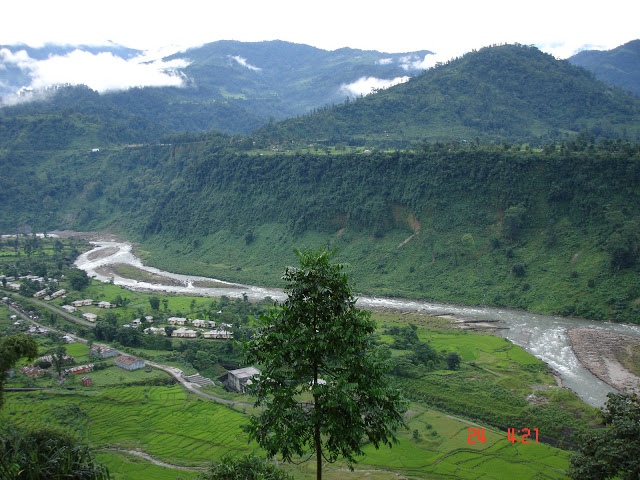
Jhalong
Jhalong (also known as Jaldhaka), Paren and Bindu valley are three such places where you can enjoy wonderful scenic views and nature.
Bindu
A small village at an altitude of 600m or about 2000 feet, on the India-Bhutan border, Bindu is famous for its cardamom plantation, pristine nature, and river Jaldhaka. The place has come up as a popular offbeat tourist destination of Dooars.
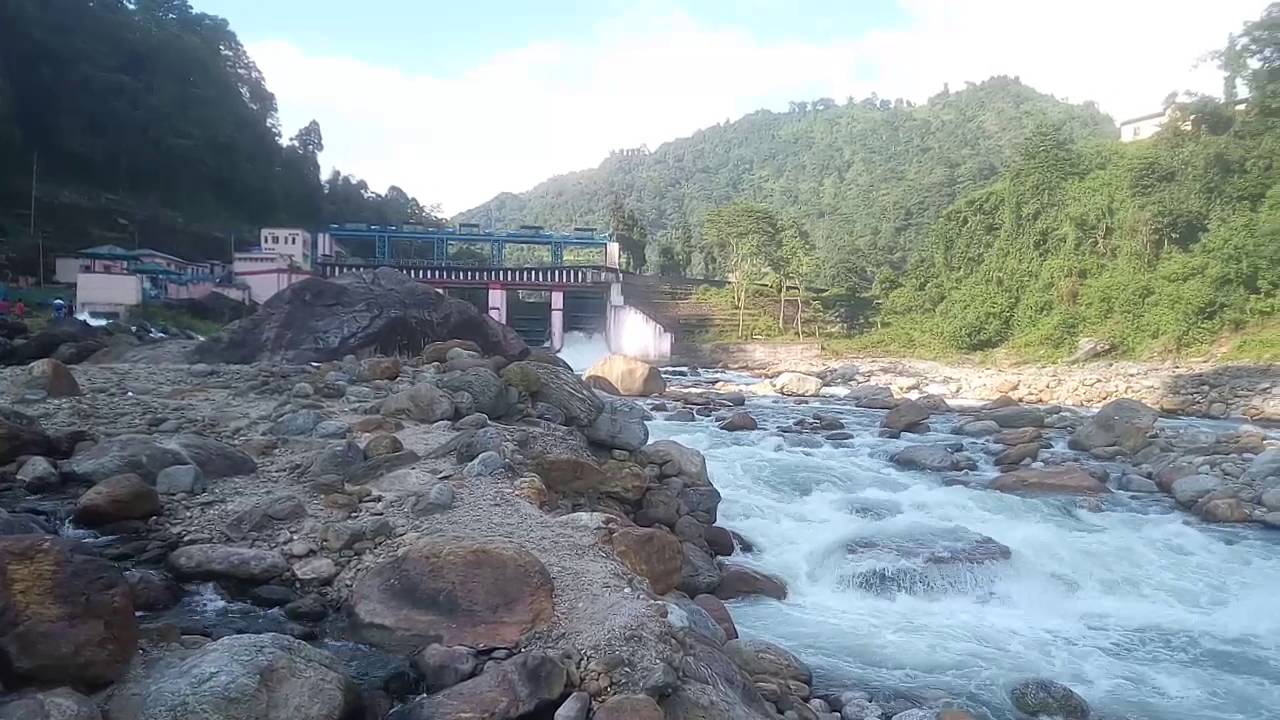
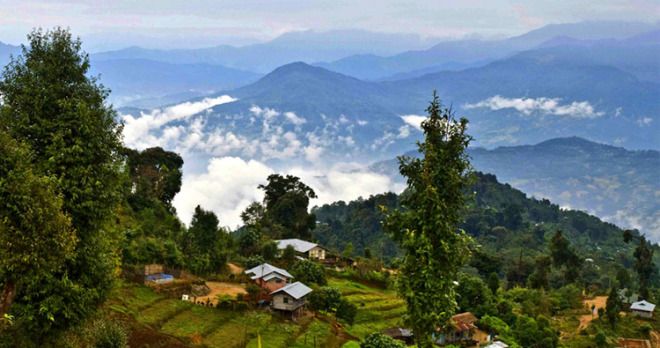
Lava
Lava is a small hamlet situated 30 kilometres (19 mi) east of the town of Kalimpong through Algarah in Kalimpong district of the state of West Bengal, India. Wild animals such as the Himalayan black bear, Leopard, Wild Boar, Red Panda and barking deer are found in these parts.
Lolegaon
A small Lepcha hamlet nestled in the extreme end of a Himalayan Ridge, Lolegaon houses not more than 5000 people. In the heart of the heritage pine forest, it provides the most amazing views of the Himalayan ranges, thus making it a popular tourist spot.
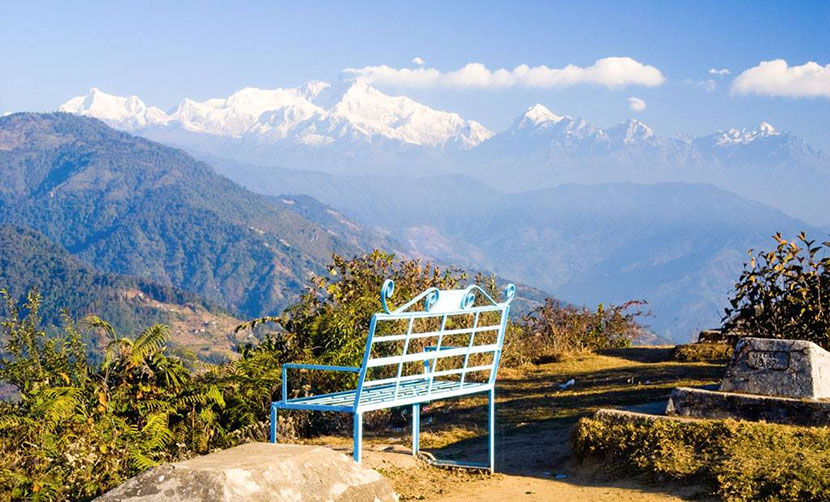
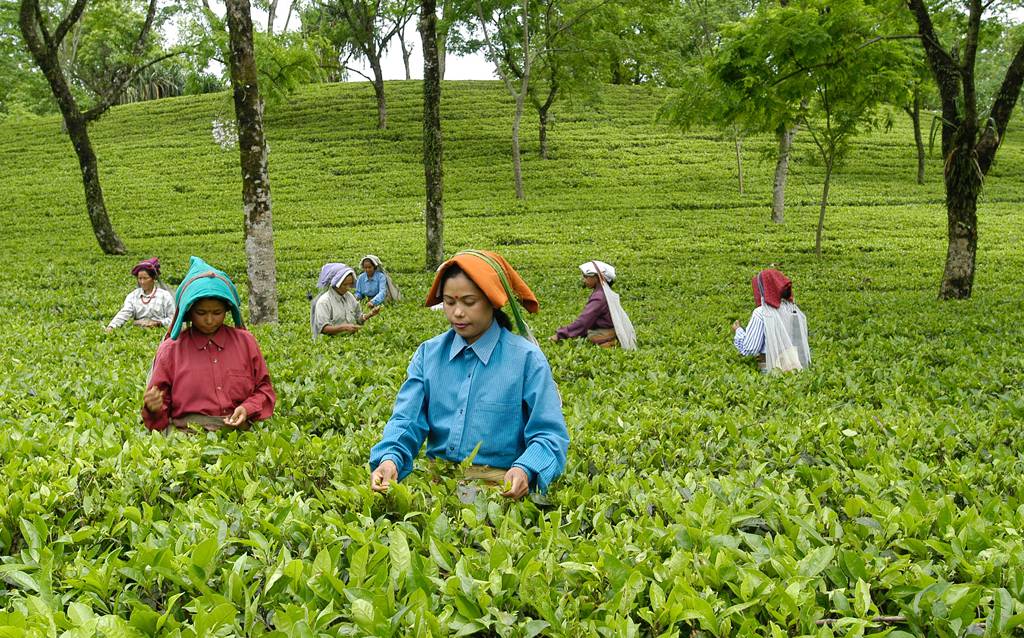
Tea garden of dooars
There are 80 odd operational tea gardens in Darjeeling that span across thousands of acres of land area on open hill slopes. High on the hills with cool breeze and misty weather, planters and workers come together to form a wonderland where tea grows in the finest form like nowhere else in the world.
